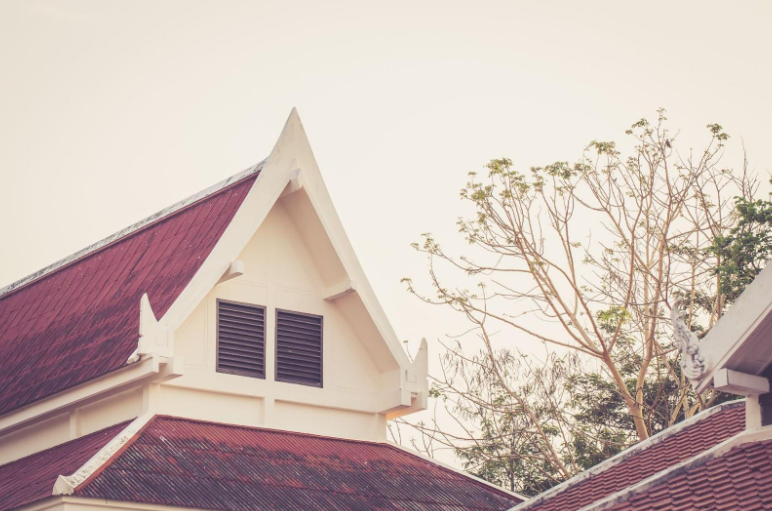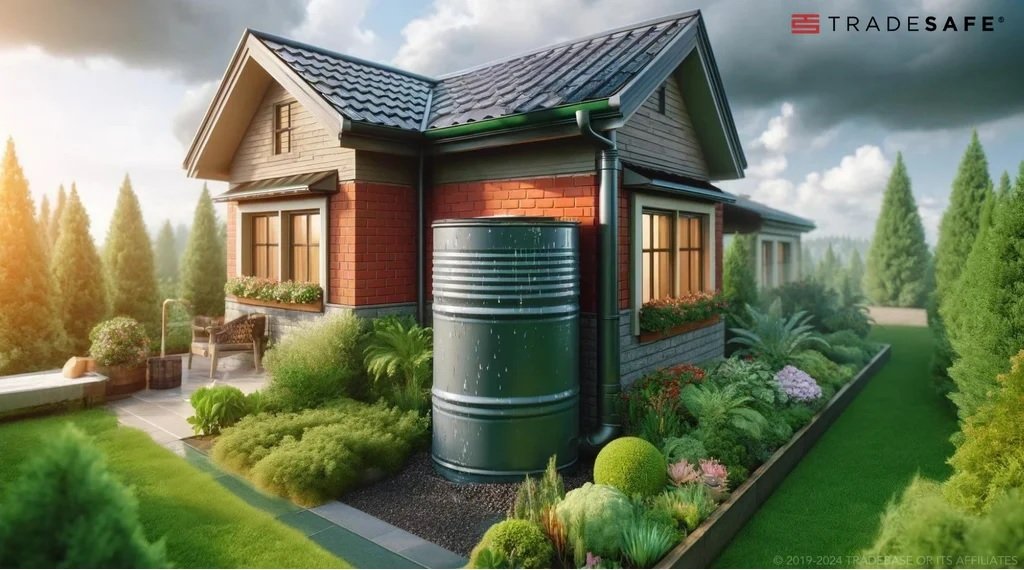
Proper roof ventilation is more than just a building requirement; it’s a vital component that impacts your home’s comfort, energy efficiency, and the longevity of your roofing materials. In a climate like Brisbane’s, where heat and humidity are prevalent, selecting the right ventilation system becomes even more crucial.
At Brisbane Roof and Paint, we understand homeowners’ unique challenges and are here to help you choose the ideal roof ventilation for your home.
1. Understand the Basics of Roof Ventilation
Before exploring options, it’s important to understand how roof ventilation works. A good system balances intake and exhaust vents to circulate air effectively. Intake vents, usually located under the eaves, draw cool air into the attic, while exhaust vents release hot air from the roof’s peak.
Common types of vents include ridge vents, which run along the roof’s peak; soffit vents, placed under the eaves; and gable vents, located on the sides of the house. Each serves a specific purpose, and understanding them helps make an informed decision.
Actionable Tip: Spend time familiarising yourself with different vent types and their functions. This knowledge will be invaluable when discussing options with professionals.
2. Assess Your Home’s Specific Needs
Every home is unique, and factors like roof size, shape, and attic space significantly influence ventilation requirements. An attic inspection can reveal ventilation issues, such as moisture buildup or uneven temperature distribution.
Consider how the sun hits your roof throughout the day and any shading from nearby trees or structures. These elements affect how much heat accumulates in your attic space, influencing the type and amount of ventilation needed.
Actionable Tip: Conduct a thorough attic inspection, noting any signs of poor ventilation, such as damp insulation or mould. This assessment will help tailor the ventilation system to your home’s needs.
3. Choose the Right Ventilation Type for Brisbane’s Climate
Brisbane’s hot and humid climate demands a ventilation system to handle significant heat and moisture. Options like turbine vents or solar-powered vents are particularly effective here. Turbine vents use wind to spin and draw out hot air, while solar-powered vents use the sun’s energy to power a fan that expels hot air.
Local weather patterns, including occasional heavy rains and storms, also play a role. It is important to select vents that can withstand these conditions without compromising performance.
Actionable Tip: Opt for ventilation solutions designed to combat both heat and humidity. Products that perform well in tropical climates will offer the best results for Brisbane homes.
4. Prioritise Energy Efficiency
An efficient ventilation system protects your roof and can reduce energy costs. By expelling hot air from the attic, your home’s cooling system doesn’t have to work as hard, leading to lower electricity bills during the sweltering summer months.
Look for ventilation options that are ENERGY STAR certified or have proven energy-saving features. Solar-powered vents, for instance, require no electricity to operate, making them an eco-friendly choice.
Actionable Tip: Choose ventilation products that contribute to energy savings. This will benefit the environment and lower your household expenses over time.
5. Consult with Roofing Professionals
There’s no substitute for expert advice regarding something as important as your home’s roof. Professionals can provide personalised recommendations based on an in-depth assessment of your property.
At this stage, considering a consultation with brisbaneroofandpaint.com.au can be incredibly beneficial. With years of experience in Brisbane’s roofing industry, we offer insights beyond generic advice, ensuring your ventilation system perfectly suits your home.
Actionable Tip: Schedule a professional consultation for tailored advice and accurate installation estimates. Expert input can save you time, money, and potential headaches.
6. Comply with Local Building Codes
Adhering to Brisbane’s building regulations is non-negotiable. Local codes dictate specific requirements for roof ventilation to ensure safety and effectiveness. Non-compliance can lead to fines or issues when selling your home.
Understanding these regulations can be complex, but it’s a necessary step. Brisbane Roof and Paint is well-versed in local codes and can help you ensure all legal requirements are met.
Actionable Tip: Consult the Brisbane City Council’s building codes related to roof ventilation. Professional assistance can help you navigate these regulations smoothly if you need more clarification.
7. Consider Aesthetics and Roof Compatibility
While functionality is paramount, the visual impact of your ventilation system shouldn’t be overlooked. The right vents can blend seamlessly with your roof, maintaining your home’s curb appeal.
Low-profile vents offer a sleek appearance and are less noticeable from the ground. Additionally, ensure that the vents’ materials are compatible with your existing roofing materials to prevent issues like corrosion or leaks.
Actionable Tip: Match your ventilation choices with your roof’s design and materials. This ensures both an efficient system and a cohesive look for your home.
Conclusion
Selecting the right roof ventilation is a multi-step process that, when done correctly, pays dividends in comfort, energy savings, and roof longevity. By understanding the basics, assessing your home’s needs, and prioritising energy efficiency and compliance, you set the stage for a successful installation.
Remember, professional guidance is invaluable. The Brisbane Roof and Paint team is ready to assist you every step of the way, ensuring your roof ventilation system is optimised for Brisbane’s unique climate.
Don’t leave your roof’s health to chance. Schedule a consultation and take the first step toward a cooler, more efficient home!







